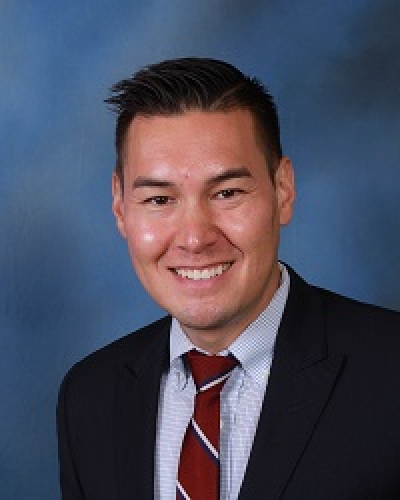Should we be getting hazard pay for taking in-house call? As awareness of physician wellness topics (most buzzworthy: #burnout) is growing, it’s important to realize that we, as physicians, are human and have all the requisite needs for health, wellness, rest, and routine as our patients do.
A few weeks ago, I had a routine doctor’s appointment for myself, which I had scheduled on a post-call morning (when else do we have time to take care of ourselves?). As she took my blood pressure and repeated it twice, the MA seemed flustered. I’ve been quite healthy my whole life and had never had an issue with hypertension. Of course, the new AHA hypertension guidelines do put me closer to the at-risk group, but I’ve still been well below the cutoffs and I’m (relatively) young. My systolic during this visit was above 140. Admittedly, I had just had a Venti coffee and a Monster energy drink in the waning hours of the call night, but this was very unusual for me.
Of course, I had it rechecked when I wasn’t full of caffeine and low on sleep and the values were back in the normal range. However, when I mentioned this encounter to some of my more experienced colleagues, they were not surprised. Apparently, there is a silent epidemic of hypertension and diabetes plaguing otherwise healthy cardiac intensivists that begins in the early-mid-career range. Colleagues and colleagues of colleagues have all been touched by this phenomenon, but I can’t find much of anything about how to address this in the literature.
There are several recent studies linking shift work with hypertension. And it makes sense that the chronic stress of frequently being in a hospital for 12-24 hours continuously with a phone/pager that could go off with a disaster or emergency at any second may begin to take its toll on your arteries in mid-life. But there are not really any great solutions at this point. We need to be around to take care of our patients. In the era of increasing in-house attending physician coverage in cardiac ICU’s, this is only likely to get worse.
The common sense bullet points seem to be the focus of many of the anti-burnout physician wellness programs: good nutrition, adequate/regular exercise, sleep/rest, resilience, and self-care behaviors. However, I think another important aspect is prevention. Any of us beginning our careers in these high-stress shift-work specialties should be proactive in reducing our cardiovascular risk as much as possible and as early as possible. And we should be active participants in seeing our own physicians so they can screen for these issues; better patients are better doctors.

David K. Werho, MD is an Assistant Clinical Professor at the University of California San Diego and a Pediatric Cardiac Intensivist at Rady Children’s Hospital – San Diego. His research focuses on pediatric cardiac ICU outcomes as well as interventions and curriculum development in medical education. He tweets @DWerho and contributes to the Pediatric Cardiac Intensive Care Society Newsletter as editor and contributor.